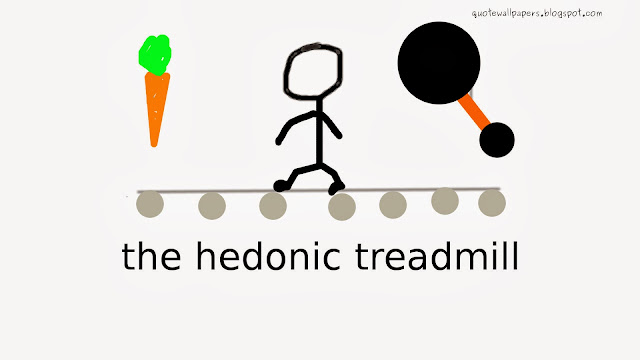
Remember, the human body has Performance Requirements: food, exercise, and rest are not optional. The converse is also true: when you feel ill, you tend to experience less pleasure, enjoyment, and life satisfaction.Įxperimenting with ways to improve your typical level of health and energy can result in huge improvements in your quality of life. Health is a major contributing factor to happiness: when you feel great, you’re more likely to feel happy. Focus on improving your health and energy. Beyond the point where your needs are met, you’ll get a higher emotional return for your dollar by traveling with people you like than by purchasing an expensive luxury item. Knowing your monetary point of Diminishing Returns is useful: by consciously limiting your consumption beyond a certain point and establishing long-term savings, you can reap the benefits of financial security and Resilience without spending every waking moment working to pay for pleasures you’ll adapt to in less than a month.Īs a general rule: experiences contribute more to happiness than material goods.

(For examples of how money can decrease happiness, read Fables of Fortune: What Rich People Have That You Don’t Want by Richard Watts.) Beyond the point of Diminishing Returns, having more money doesn’t increase happiness, and may actually decrease it by becoming a source of stress and worry. Once you have enough money to cover the necessities and a few luxuries, you reach a point of Diminishing Returns: every $1 you earn doesn’t provide the same amount of utility. This level of income is very achievable: average household income in the study was $71,500.

According to a study by Daniel Kahneman and Angus Deaton, money has a positive correlation with reported levels of happiness up to an annual income of approximately $75,000 USD per year, which represents an income in the top third of US households in 2008-2009, the years of the study. Money contributes to happiness, but only to a certain point. Based on the available research, here are five priorities that will contribute to your long-term happiness in a way that minimizes hedonic adaptation: 1. There are, however, a few things we can focus on that tend to lead to sustained levels of life satisfaction. Short-circuiting the Hedonic Treadmill is tricky: it’s a side effect of Caveman Syndrome. You’d be surprised at how many “successful” people aren’t happy with their lives, even after they’ve achieved everything they set out to do. It’s possible to work hard, invest, sacrifice, and push your way to the top of your field, only to find yourself restless and despondent. The Hedonic Treadmill is a major problem if you’d like to experience a feeling of success or achievement for an extended period of time.
Since we’re not satisfied with what we have for very long, it’s only a matter of time before we fixate on something else to achieve or possess. The Hedonic Treadmill explains why people who achieve wealth, status, and fame continue to seek more. As a result, we begin seeking something new, and the cycle repeats. When we finally achieve or acquire what we’re seeking, we adapt to our success in a very short period of time, and our success no longer gives us pleasure. This cycle is called the Hedonic Treadmill: we pursue pleasurable things because we think they’ll make us happy. Before long, your new car will blend into your surroundings, and your mind will fixate on something else to pursue in the quest for happiness. Over time, however, your joy will fade, a phenomenon psychologists call hedonic adaptation. In the short term, it might: for the first week or so, you’ll probably experience great pleasure when you drive. Let’s assume that you believe buying a fancy new car will make you happy. Josh Kaufman Explains The 'Hedonic Treadmill' We pursue pleasurable things because we think they’ll make us happy.


 0 kommentar(er)
0 kommentar(er)
